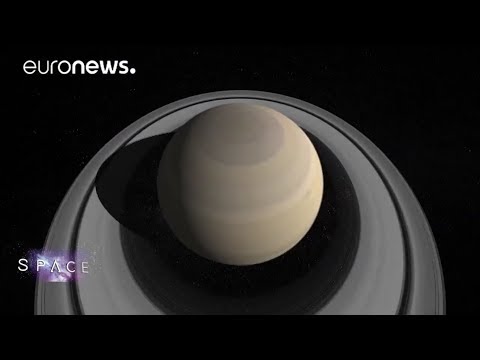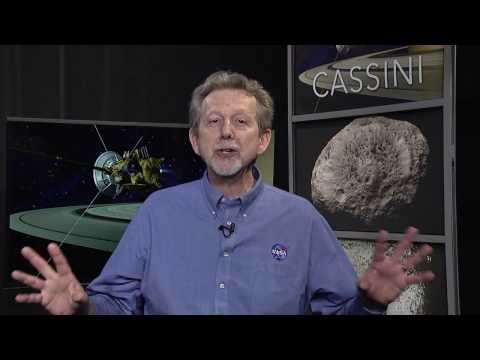Cassini diving into history
Following over a decade of ground-breaking discoveries, Cassini is now approaching its mission end.
With little fuel left to correct the NASA’s spacecraft trajectory, it has been decided to end the mission by plunging it into Saturn’s atmosphere on 15 September 2017. In the process, Cassini will burn up, satisfying planetary protection requirements to avoid possible contamination of any moons of Saturn that could have conditions suitable for life. These include Saturn’s largest moon Titan and Enceladus, which has a liquid ocean under its icy crust.
The grand finale is not only a spectacular way to complete this extraordinary mission, but will also return a bounty of unique scientific data that was not possible to collect during the previous phases of the mission. Cassini has never ventured into the area between Saturn and its rings before, so the new set of orbits is almost like a whole new mission.
These close orbits will provide the highest resolution observations ever achieved of the inner rings and the planet’s clouds. The orbits will also give the chance to examine in situ the material in the rings and plasma environment of Saturn. It will also probe the planet’s magnetic field at close distances.
This video explains Cassini ‘s final operations, what the Cassini-Huygens mission has taught us about Saturn, the potential for life on its moons and the promise of more science to come.
More about Cassini-Huygens:
http://www.esa.int/Our_Activities/Space_Science/Cassini-Huygens





Thank you cassini n nasa tym
Still waiting for the data from the final plunge…still waiting to see that!!!
The last images suggest its gonna burn before it reaches the surface, I thought it was going to actually fly into the surface, disapointed now. This business of looking for life on other planets, shouldn't they be looking for signs of vegitation or plant life, find plants and you may find animals dont you think.
R.I.P Cassini
God bless Cassini. Your journey has been a good one.
Cassini – Huygens. You were the best. Thank you team for all the pictures and for pushing Science forward.
how they record last moment of Cassini,,,, its look like a professional photographer in Cassini atmosphere focusing camera on Cassini
RIP CASSINI
Bid aidieu
PICTURES DIDN'T TAKE 7 YEARS TO ARRIVE?!???
Bag lady needs new teesths….
CGI Bullshit.
This costs the world a lot of money.
Молодцы! только аппарат жалко.